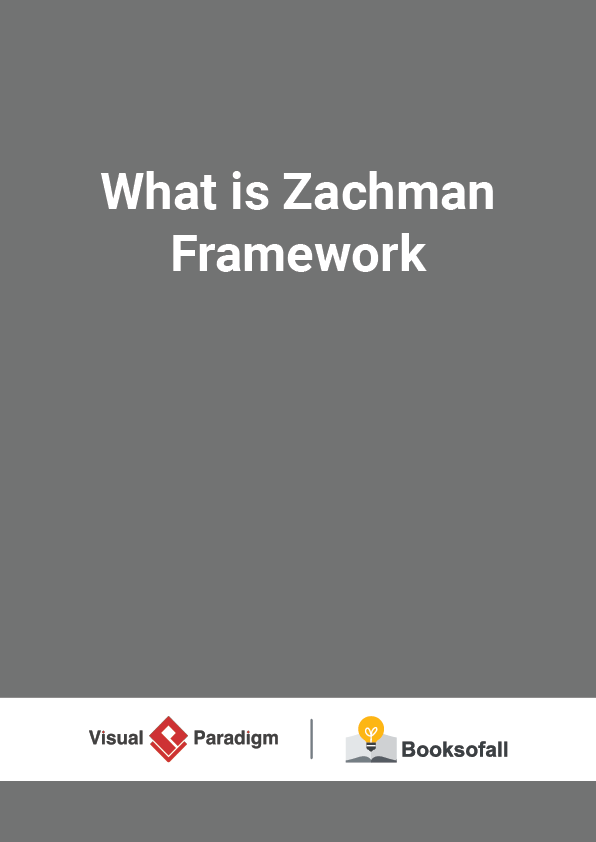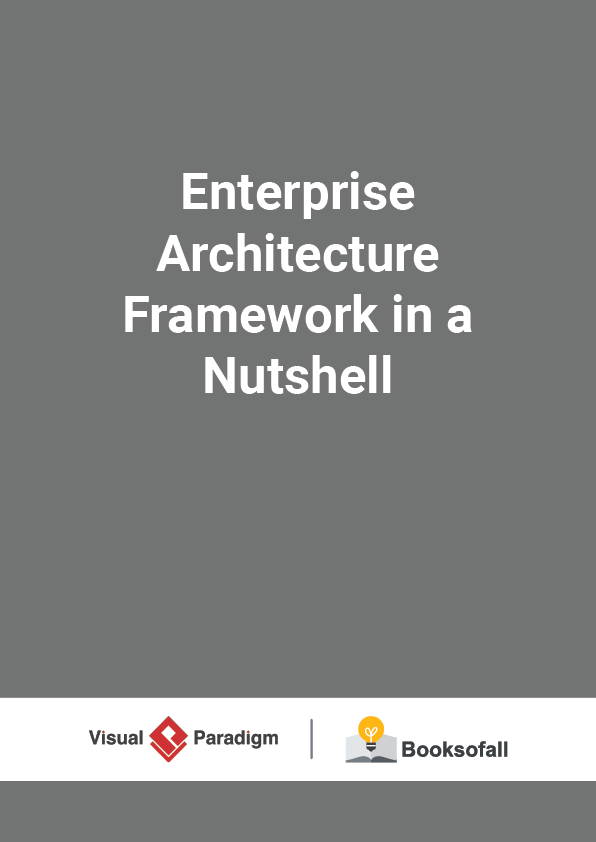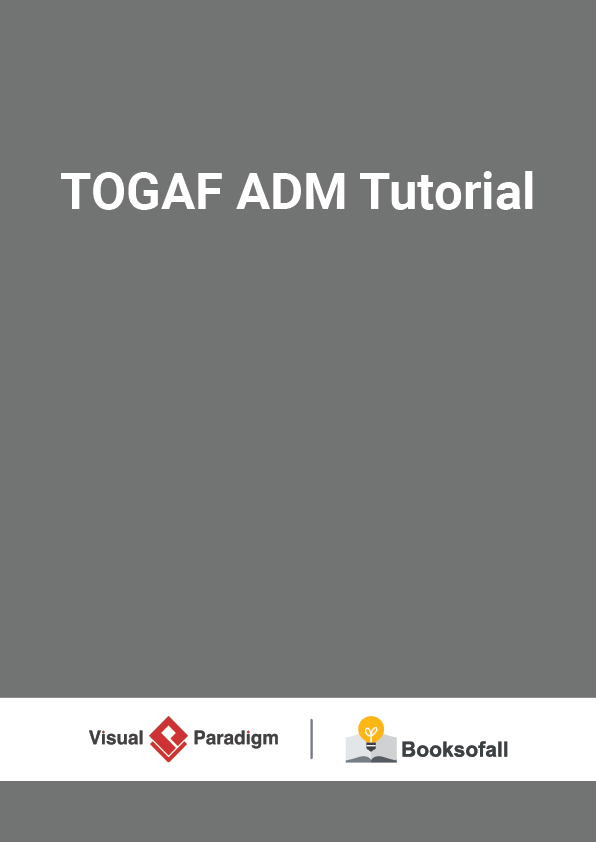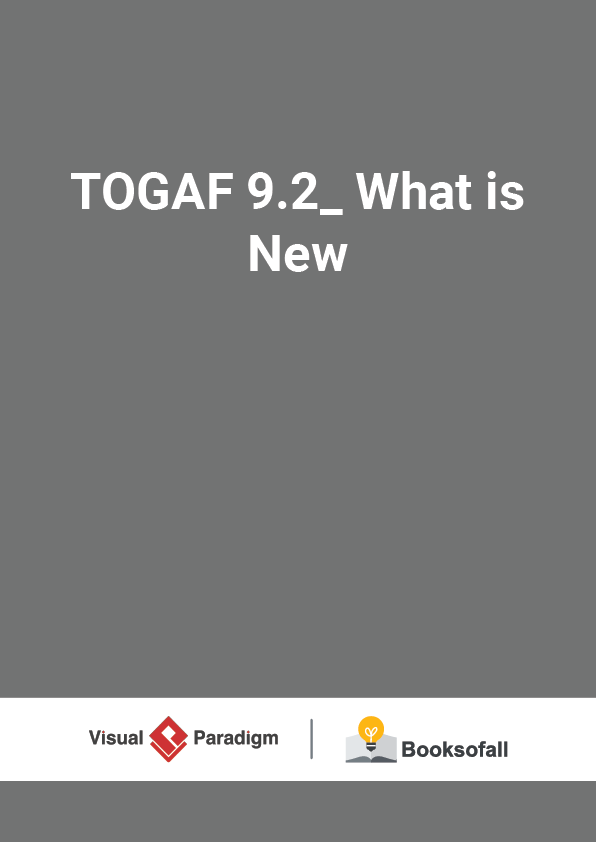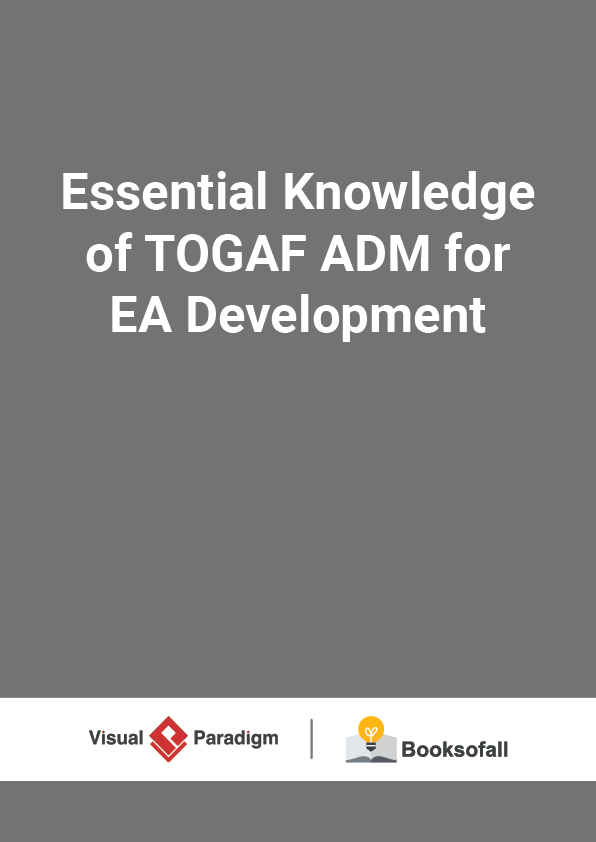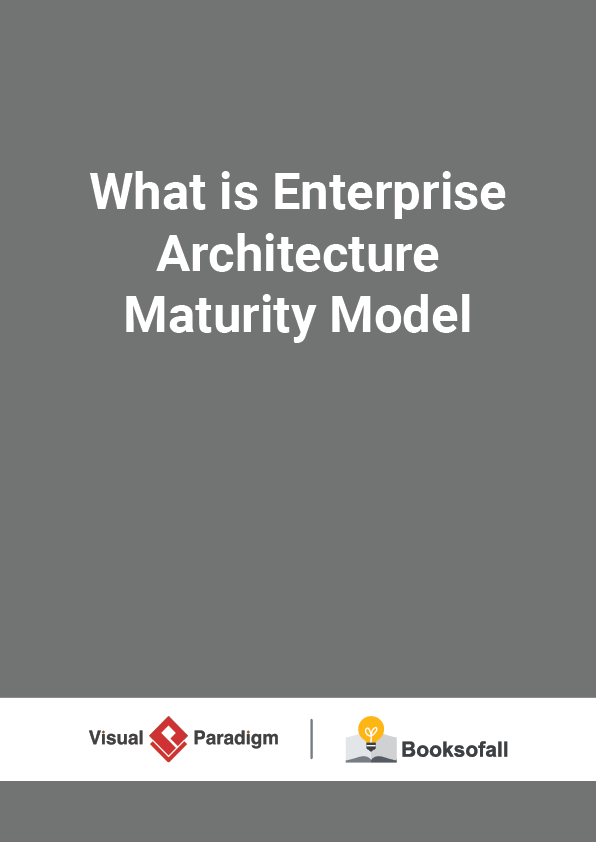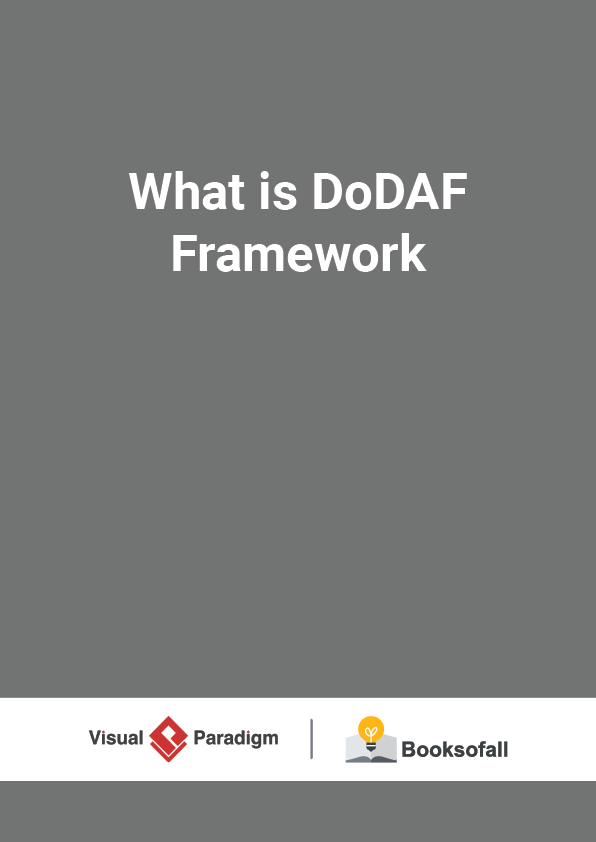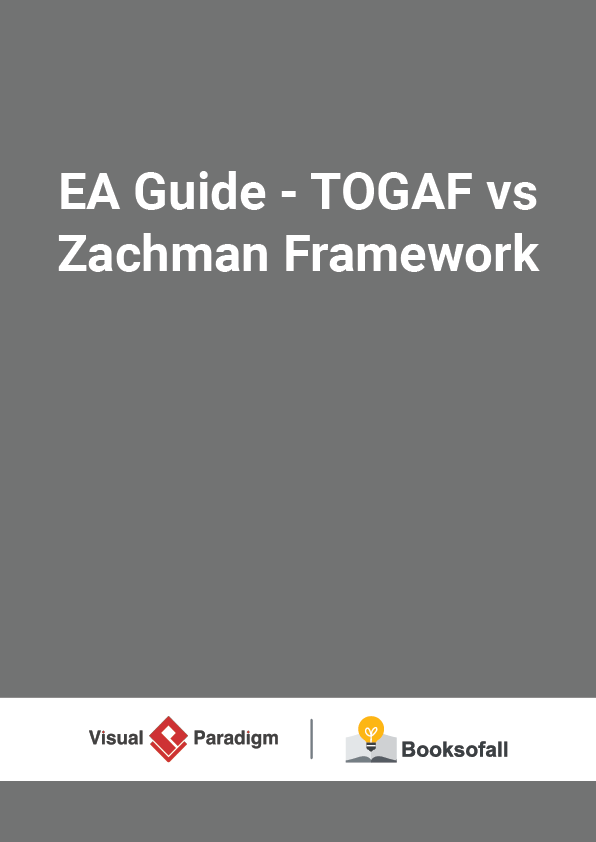What is Zachman Framework?
7-9 minutes
Enterprise Architecture (EA) is a discipline which has evolved to structure the business and its alignment with the IT systems. The Zachman Framework is an enterprise ontology and is a fundamental structure for Enterprise Architecture which provides a way of viewing an enterprise and its information systems from different perspectives, and showing how the components of the enterprise are related.
” Enterprise Architecture is the process used by a business to make explicit representations of enterprise operations and resources, rather than relying on implicit notions or understanding in individual managers’ heads.” Stan Locke
Why Zachman Framework?
In today’s complex business environments, many large organizations have great difficulty responding to changes. Part of this difficulty is due to a lack of internal understanding of the complex structure and components in different areas of the organization, where legacy information about the business is locked away in the minds of specific employees or business units, without being made explicit.
The Zachman framework provides a means of classifying an organization’s architecture. It is a proactive business tool, which can be used to model an organization’s existing functions, elements and processes – and help manage business change. The framework draws on Zachman’s experience of how change is managed in complex products such as airplanes and buildings.
Zachman Framework vs Traditional Software Process
Many software methodologies are organized around the phases of the system development life cycle and the steps within each of these phases required to develop systems. This is expressed as consisting of: Strategy, Analysis, Design, Construction, Transition and Testing. In 1987, John Zachman published a different approach to the elements of system development. Instead of representing the process as a series of steps, he organized it around the points of view taken by the various players, providing organizations with an effective way of assessing the completeness of software development process models, in terms of an organization’s information needs.
Structure of Zachman Framework
Zachman Framework is a two dimensional classification scheme for descriptive representations of an Enterprise that is structured as a matrix containing 36 cells, each of them focusing on one dimension or perspective of the enterprise. Rows are often presented as different viewpoints involved in the systems development process, while columns represent different perspectives of the stakeholders involved in the organization.
The rows of Zachman Framework focus on describing the enterprise from six viewpoint perspectives of the stakeholders. These six perspectives are based on English language interrogatives ‘what’, ‘where’, ‘who’, ‘when’, ‘why’, and ‘how’ (known as W5H).
The columns of the framework consist of a set of artifacts which are description of the enterprise from specific viewpoint of a group of stakeholders. The stakeholders are generally grouped as planners, owners, designers (architects), implementers, sub-constructors, users, or sometimes represented as viewpoints: scope context, business concepts, system logic, technology, physics, component assembles and operations classes.
